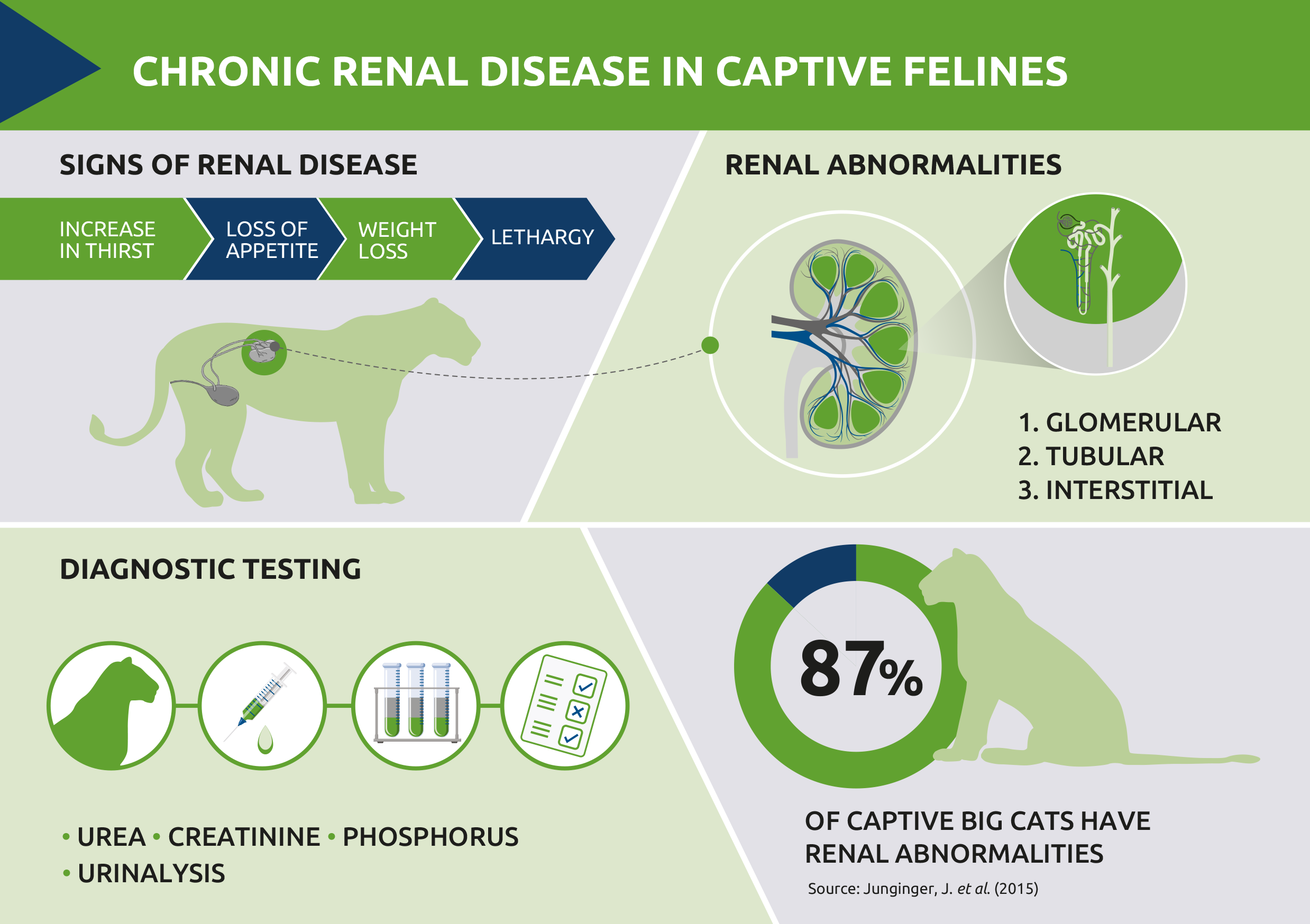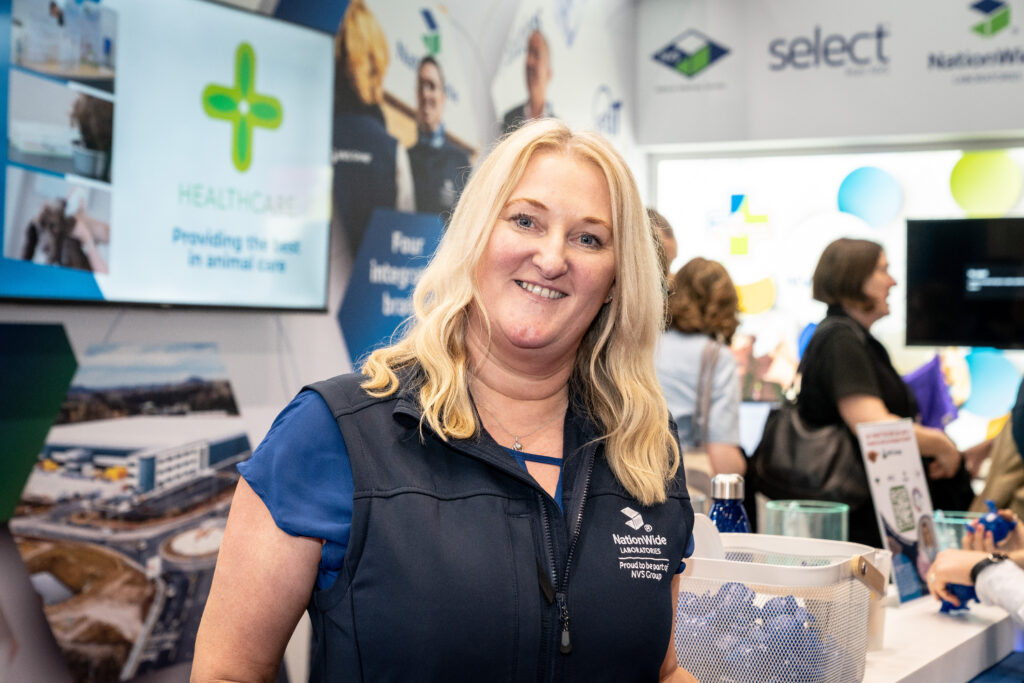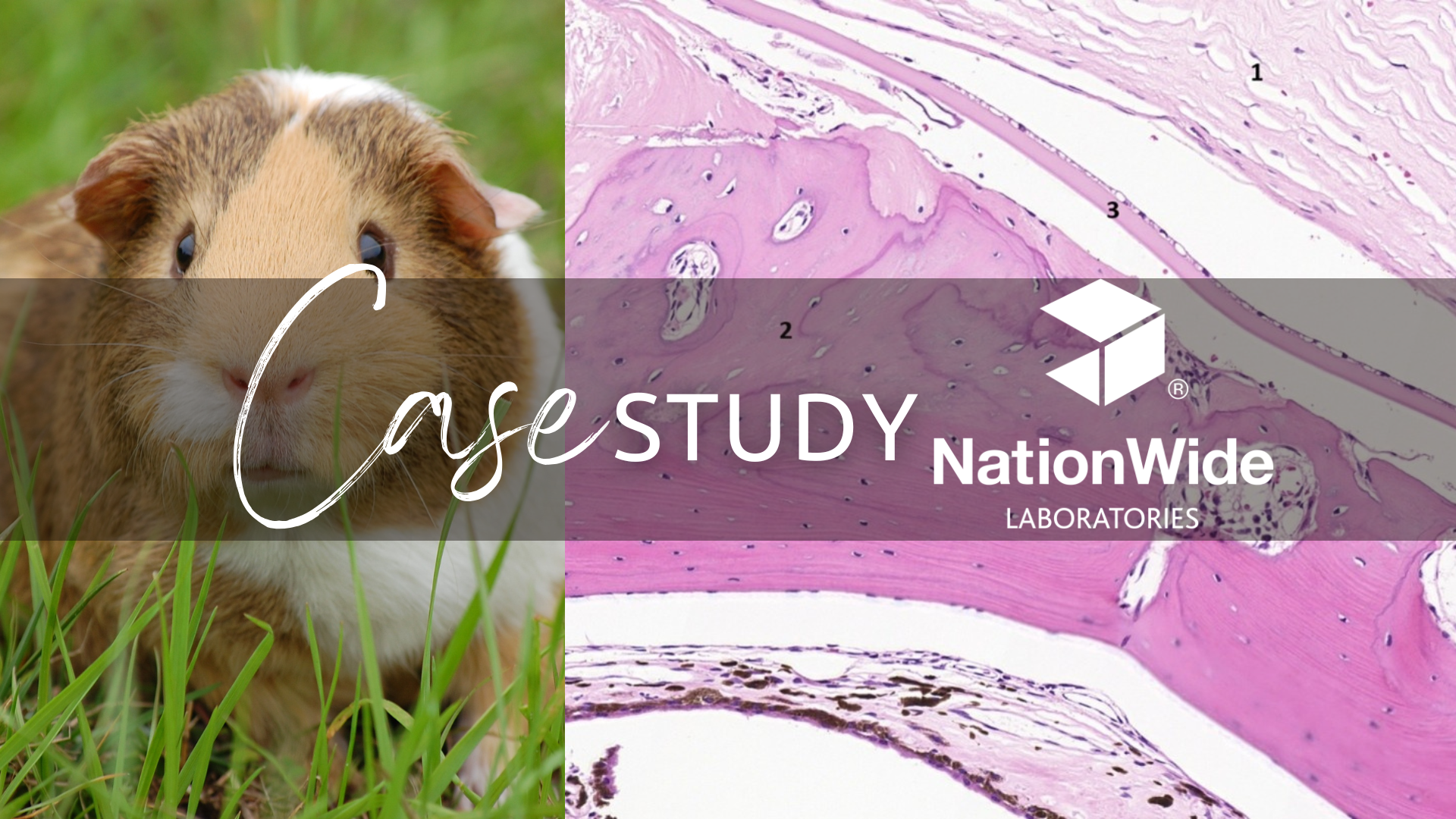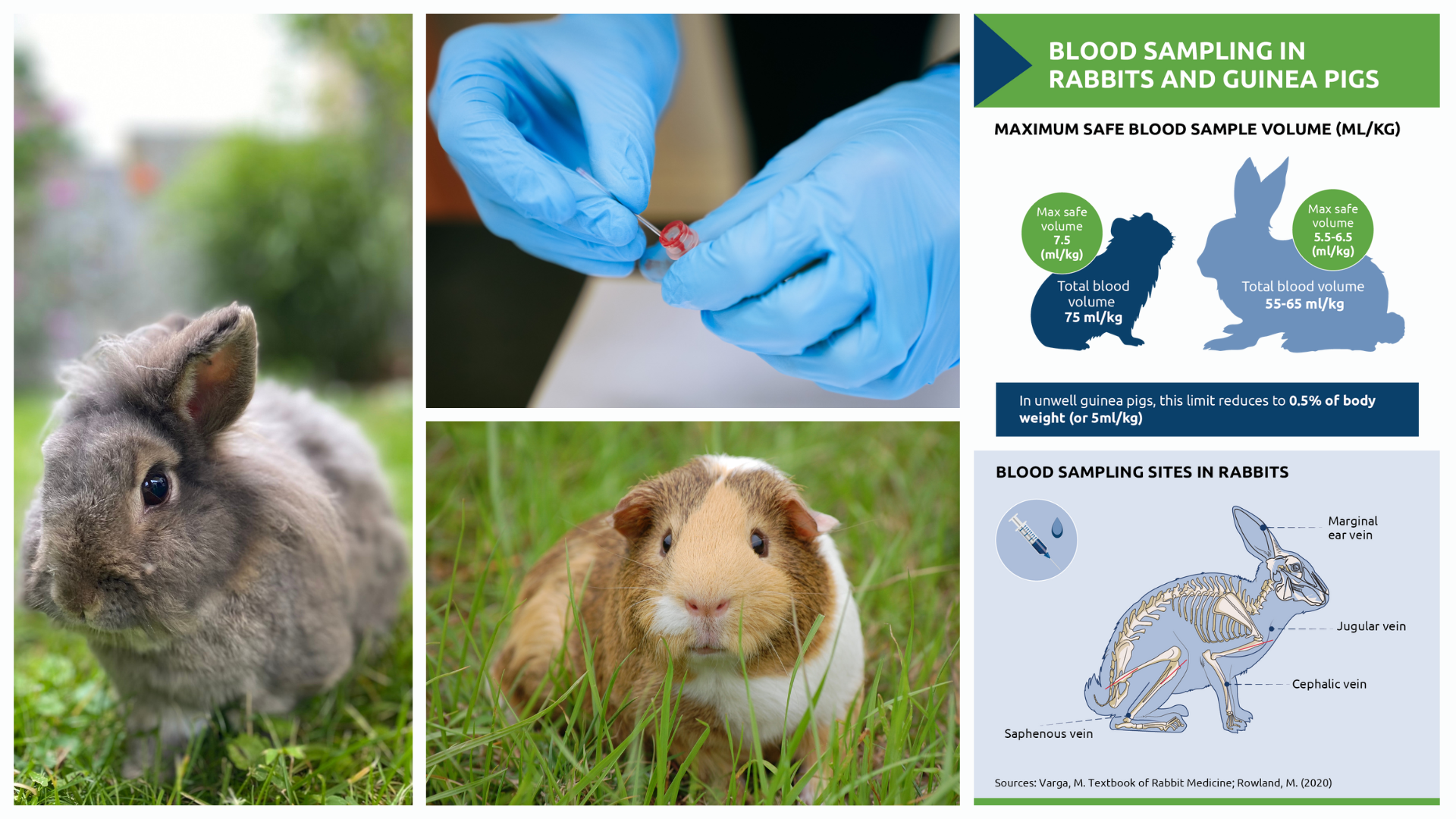Disease, laboratory diagnostics and the role of zoos in biodiversity

Global biodiversity is facing an alarming decline. Whether due to deforestation, climate change or pollution, the impact on plant and animal populations is significant and requires concerted efforts if it is to be reversed. While addressing the broader issues like habitat loss caused by human activities is essential, zoos also play a critical role in conservation and maintaining biodiversity. Underlining this, a 2023 ZSL study1 highlighted the potential impact that zoos can have in re-establishing populations of ‘extinct in the wild’ species back in their natural habitats, with captive populations providing a pool of genetic diversity.
The power of preventative medicine
But of course, justifying the keeping of animals in captivity requires not only a commitment to conservation but also high standards of health and welfare.2 Preventative veterinary medicine is a key aspect of this and absolutely fundamental in a zoo setting, focusing on both individual and population health.
Early detection of disease is vital. Outbreaks of disease in zoo populations can be devastating and difficult to manage once established, resulting in ongoing morbidity and mortality, poor reproductive performance and movement restrictions. Infectious diseases can spread rapidly, even across species, and may also have zoonotic implications.
However, many captive species do not show overt clinical signs of disease3 so observational checks and clinical examination alone can prove unrewarding. Laboratory screening alongside diagnostic testing of clinically unwell animals, both for infectious and non-infectious disease, remain key to early diagnosis and maintaining the health of a zoo’s population.
Elective health checks: insights from gibbons
A 2020 study demonstrated the effectiveness of elective health checks, including laboratory tests, in UK zoo-housed gibbons.4 Over 50 percent of elective checks resulted in an actionable outcome, with 82 percent of these actions involving some form of veterinary intervention. This suggests that a proactive approach of this nature is likely to have a positive effect on welfare.
The study further suggested that elderly gibbons, over 20 years of age, were around 13 times more likely to have an actionable outcome than younger populations. Many zoos now incorporate such elective screening into their preventative health care plans.
Faecal screening: a non-invasive approach
While blood sampling may be carried out for routine screening or as part of a diagnostic work-up, most captive wildlife species suffer significant stress with such interventions, meaning that non-invasive techniques, including faecal sampling are essential.
Faecal testing, including microscopy, culture and sensitivity and worm egg counts are routinely used in much the same way as in companion animals, with specific testing requirements varying between species.
Managing reproduction in big cats
It is not just infectious disease where faecal testing is valuable. For big cats, faecal monitoring of reproductive hormones plays a vital role in managing reproductive cycles and diagnosing pregnancy. The option to use non-invasive sampling is particularly useful in these species, where there are obvious barriers to safe and stress-free blood sampling.
Two commonly monitored reproductive hormones are progesterone and oestradiol. Progesterone is essential for maintaining pregnancy and levels remain high until parturition. Faecal progesterone levels are well correlated with plasma progesterone5 and are used in several species, including lions, tigers, leopards and rhinoceroses for detecting pregnancy.
Oestradiol, which influences the secretion of luteinising hormone (LH) and subsequent ovulation, is also detectable in faeces and can be used for measuring reproductive cycle activity. Monitoring of both these reproductive hormones helps to optimise captive breeding conditions, increases the chance of successful pregnancies and ultimately supports conservation efforts.
Training for success
Global numbers of Asian (Elephas maximus) and African elephants (Loxodonta africana) are also in decline and both are listed as endangered species. While faecal monitoring of reproductive hormones is used in carnivores, positive reinforcement techniques can be used to train most elephants to stand for a blood sample, either from an ear vein, the cephalic or the saphenous veins.
Elephants have traditionally been considered difficult to breed in captivity, but knowledge around their reproductive biology has increased in recent years. It is now known that females have a double LH surge, with the ovulatory surge coming three weeks after an anovulatory LH surge. Using this information and the results of LH serology, it is possible to predict the ideal timing for mating or artificial insemination. Successful pregnancy can be confirmed by analysing serum progesterone levels, with values remaining high up until the two to three days prior to parturition.
Combatting chronic renal disease
Despite the challenges, blood sampling may sometimes be necessary in less ‘trainable’ species. This will usually need to take place during an annual health assessment under sedation or anaesthesia. Blood samples for full biochemistry and haematology may be taken to screen for disease, or in the case of animals who are showing signs of ill health, to investigate concerning clinical signs.
Chronic renal disease is common in captive felines. A retrospective study that included tigers, leopards, lions and cheetahs found renal lesions, including tubular, interstitial and glomerular lesions, in a staggering 87 percent of animals.6 Renal disease is one of the leading causes of death in lions and tigers.
A 2018 study further suggested that cheetahs may be more susceptible to acute renal injury due to a number of factors including their propensity for stress and their adaptation for adrenaline-fuelled high-speed chases. High mortality due to the condition is said to be a major factor limiting the sustainability of captive cheetah populations.7
Early detection through routine biochemistry is key to improving management and welfare of affected individuals. Of course, in the longer term, ongoing research is needed to help reduce the prevalence of this disease, with management practices that support stress reduction an important focus.
Safeguarding water quality
In addition to health screening, rigorous environmental monitoring and laboratory analysis of water samples are imperative for ensuring the safety of animals, visitors and staff alike. Routine monitoring includes screening for bacteria, notably Legionella, the bacterium responsible for causing legionnaires disease. While Legionella is naturally present in low levels in many water sources such as rivers, lakes and reservoirs, specific water systems like those present in tropical houses, heated vivaria and stagnant pools or pipes create optimal conditions for bacterial growth. Early detection through proactive screening enables prompt cleaning and disinfection measures to protect human health and maintain a safe environment for all.
Looking to the future
The intersection of captive and non-captive conservation projects, veterinary medicine and research represents a beacon of hope for global biodiversity, with laboratory diagnostics playing a central role in the preservation of wildlife for future generations.
References
- Smith, D. et al. (2023) The precarious state of Earth’s most threatened group of species. Science. 379, eadd2889
- Sherwen, S.L. et al. (2018) An Animal Welfare Risk Assessment Process for Zoos. Animals (Basel). 8(8):130
- Miller, R.E. Quarantine: A necessity for zoo and aquarium animals. In: Fowler, M., , R.E., editors. Zoo and Wild Animal Medicine: Current Therapy 4. W.B. Saunders; Philadelphia, PA, USA: 1999. pp. 13–17
- Kershaw, T. et al. (2020). An Exploration of the Value of Elective Health Checks in UK Zoo-Housed Gibbons. Animals: an open access journal from MDPI, 10(12), 2307
- Peter, I.D. et al. (2018) Opportunities and challenges associated with fecal progesterone metabolite analysis. Vet World. 11(10):1466-1472
- Johannes & Hansmann, Florian & Herder, Vanessa & Lehmbecker, Annika & Peters, Martin & Beyerbach, Martin & Wohlsein, Peter & Baumgärtner, Wolfgang. (2015). Pathology in Captive Wild Felids at German Zoological Gardens.
- Mitchell, E.P. et al. (2018) A new perspective on the pathogenesis of chronic renal disease in captive cheetahs (Acinonyx jubatus). PLOS ONE 13(3): e0194114
About the author

Sandra Wells, BSc (Hons) Applied Biology with Biochemistry, is the Head of Operations and Head of Sustainability Committee at NationWide Laboratories. Sandra is responsible for the smooth running of the three NationWide Laboratories sites, including the Cambridge laboratory which provides faecal and blood screening for reproductive monitoring and the Poulton Laboratory which provides blood tests, faeces analysis and cultures. Sandra has worked in the veterinary industry for 25 years and works with Zoo clients to develop tests and profiles most suited to their needs. Sandra is passionate about conservation of species and sustainability and is part of the sustainability committee for the NVS Group.
Original publication: Veterinary Edge, issue 40, June 2024, pp 22-24



